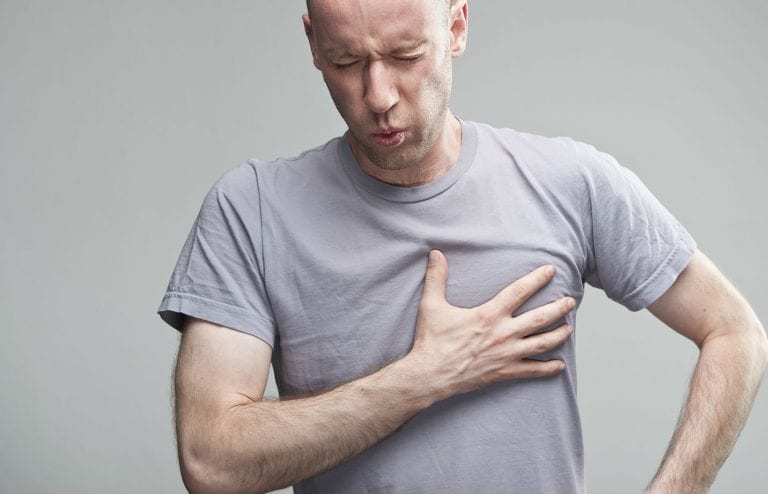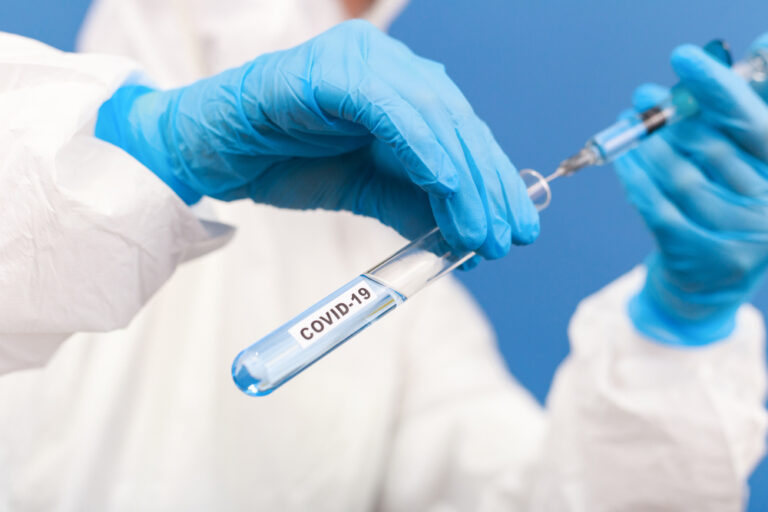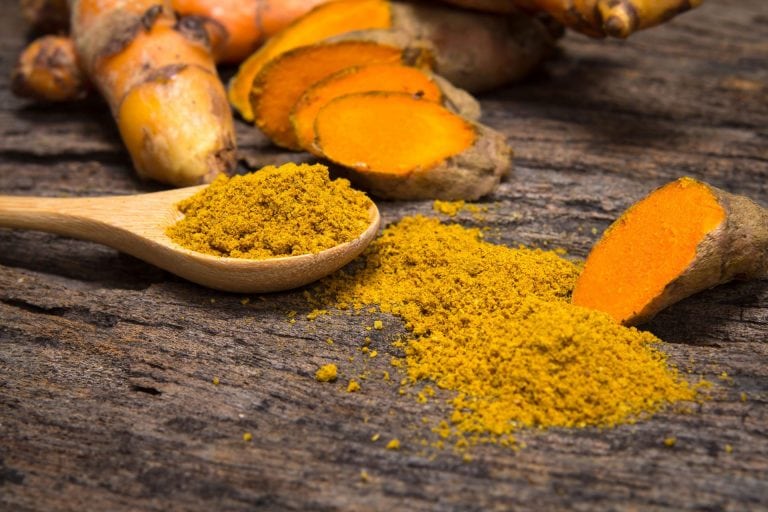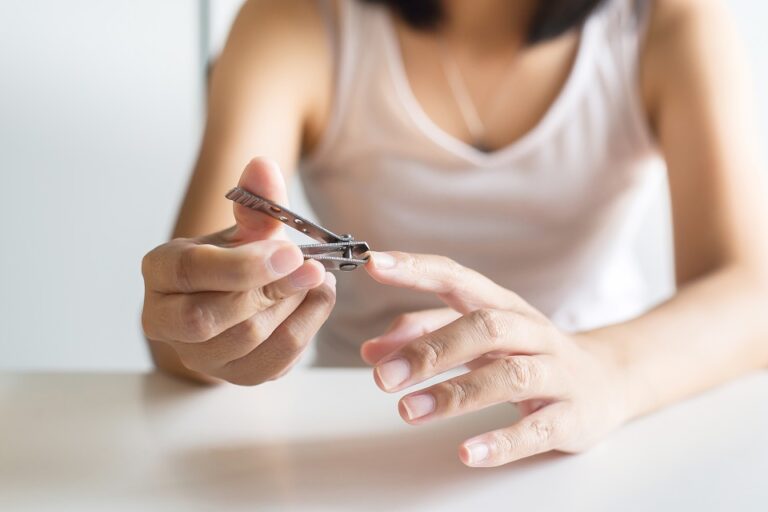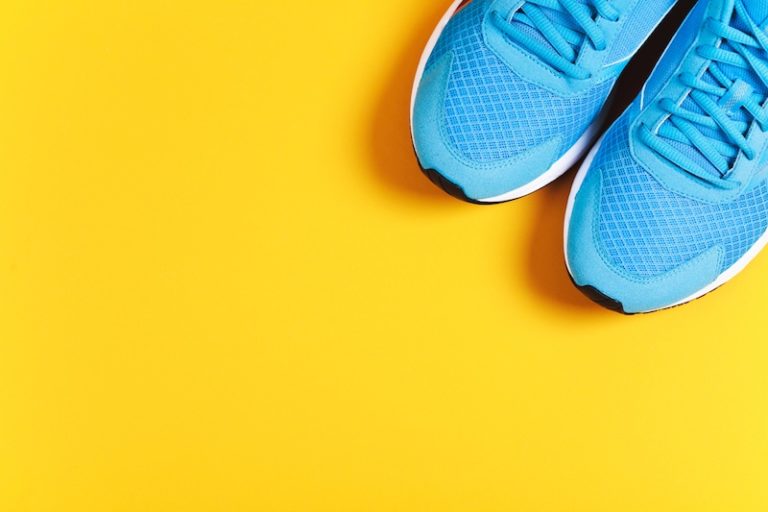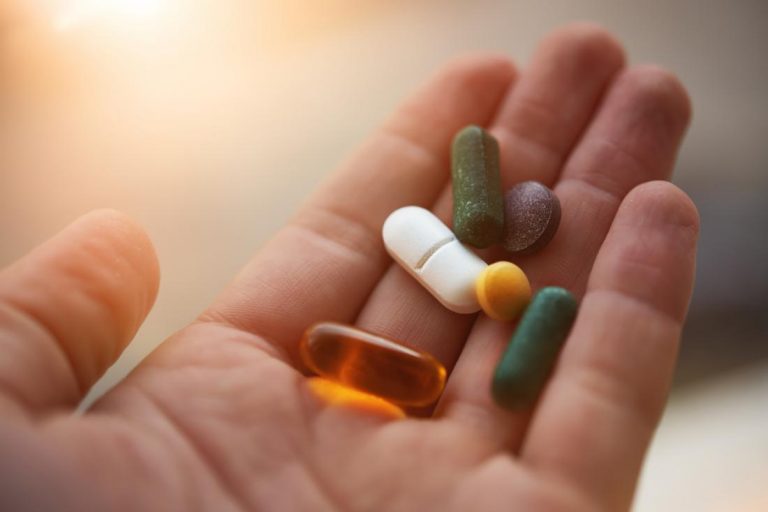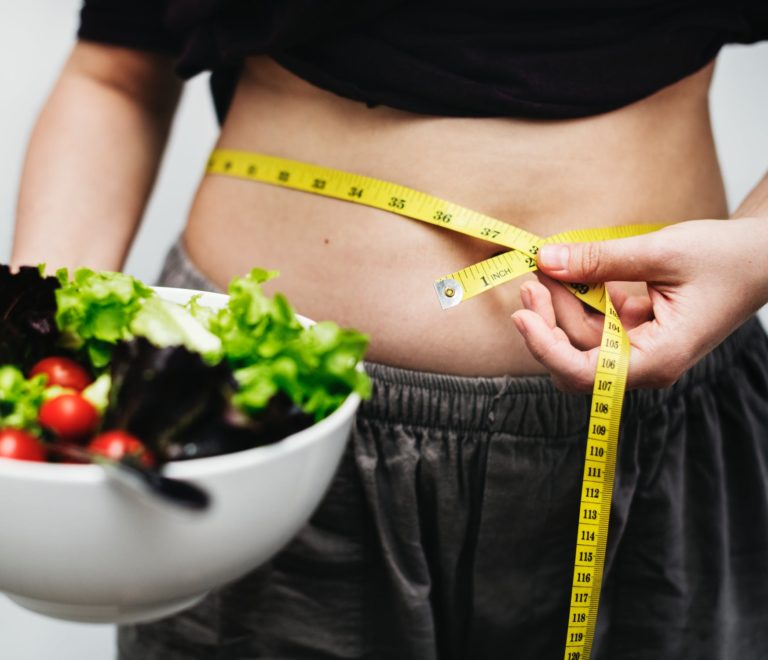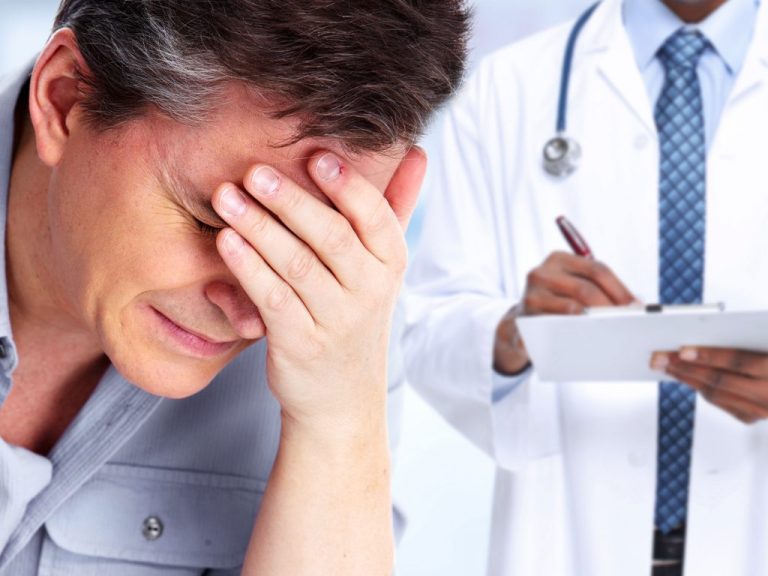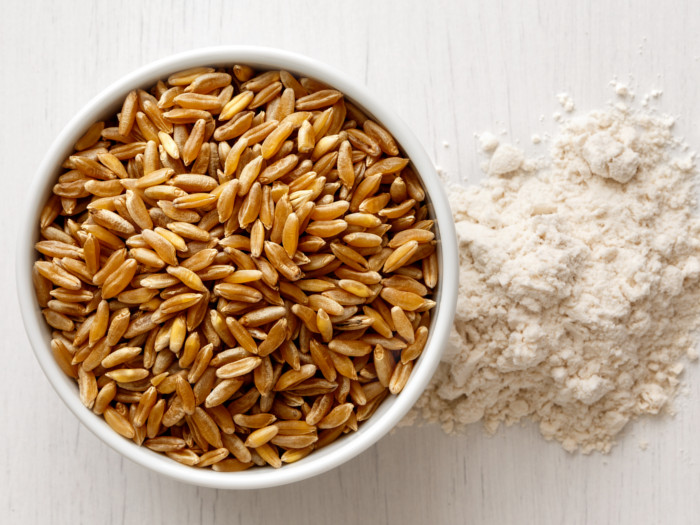
In addition to menstrual cramps, birth control side effects, and even pregnancy complications, tack this onto the list of painful health issues many women unfortunately deal with: urinary tract infections (aka UTIs). In fact, 40 to 60 percent of women will experience at least one UTI in their lifetime—and 1 in 4 will have multiple, according to the National Institute of Diabetes and Digestive and Kidney Diseases (NIDDK).
That’s because a woman has a shorter urethra (aka, the tube that releases urine) than a man, making it easier for bacteria to reach the urinary tract. Still, it’s also not a female-only issue: Around 12 percent of American men (especially those over 50) will get a UTI in their lifetime. The infection can form in any part of your urinary tract, including your bladder, urethra, ureters, or kidneys.
But there are other reasons women are more predisposed to urinary tract infections. For instance, if you’re postmenopausal, your likelihood of having a UTI increases. “In women after menopause, an average of one UTI a year is pretty common,” says Kavita Mishra, MD, a urogynecologist and clinical assistant professor at Stanford University School of Medicine. Changes in the pH of the vagina can alter the balance of bacteria and yeast in postmenopausal women and make it easier for bacteria to make their way into the urethra.
“UTIs are also fairly common for sexually active women,” adds Dr. Mishra, although peeing before and after sex can help prevent their occurrence (since you’re flushing out bacteria). Women with diabetes are also more likely to get a UTI because of condition’s impact on the immune system. And unfortunately, there are even more common causes of a UTI, including constipation, dehydration, a switch in birth control, and even the type of underwear you’re wearing.
To make matters worse, there’s a plethora of misinformation out there about UTIs, making it even harder for women to open up about dealing with the infection. One important thing to remember: Getting a UTI says nothing about your level of hygiene, and you shouldn’t be too embarrassed to seek proper care. In fact, delaying treatment can make the infection worse, potentially leading to kidney damage, recurrent infections, or even sepsis (if the UTI works its way up to your kidneys), says the NIDDK.
Knowing how to spot the symptoms of a urinary tract infection is key. That way, you can seek care ASAP and prevent it from turning into a serious health issue. The symptoms of a UTI often build over several days—here are six signs to watch for.
Pain, burning, or stinging when you pee
Pain or burning when you pee is often the first sign of a UTI or bacteria in the urethra or bladder, says Dr. Mishra. However, it doesn’t necessarily mean you have a full-blown UTI—unless it becomes persistent. If you only feel pain once during the day and don’t show any other symptoms of a UTI, your body has likely already flushed out the bacteria.
Drinking extra water as soon as the burning starts may help flush out small amounts of bacteria and help prevent the infection from growing, according to Lisa Dabney, MD, a urogynecologist at Mount Sinai West and Mount Sinai St. Luke’s.
A strong urge to pee all the time
If all you can think about is how badly you have to pee—especially if you just went and are experiencing other symptoms, such as painful urination—you probably have a UTI. Bacteria can irritate the urethra and the lining of the bladder and make you feel like you desperately need to go constantly, says Dr. Mishra.
Still, many women will experience an over-active bladder without an infection, so be sure to note if the urge is not typical for you when speaking with a doctor.
… but peeing doesn’t bring relief
Frequent urination is another symptom of a urinary tract infection. A UTI can make you feel like you have a full bladder, but only dribbles come out when you go. Frequent trips to the bathroom and little to no relief are telltale signs to look out for.
Cloudy, bloody, or discolored urine
The color of your pee can tell you a lot of things, including whether you have an infection. Anything off the yellow or clear spectrum should be a red flag. Cloudy, red, or brown urine are all signs of infection, says Dr. Mishra.
Before you panic, take stock of what you ate in the past 24 hours. Beets and other foods can also make your pee a frightening pink, orange, or red color, but you won’t have any pain, and the color will quickly pass if something you ate is to blame.
Strong-smelling urine
You don’t have to sniff the bowl every time you go, but a strong, pungent smell is a common UTI symptom. However, some foods may also cause your pee to smell. Coffee and asparagus are two likely culprits. If your urine still smells after going a couple of times, or it’s paired with a cloudy or red color, it’s time to call the doctor.
Pressure, cramping, or pain around your bladder/pelvis
Older women, in particular, may have cramping, pressure, or abdominal pain when they have a UTI. In some women, pain, cramping, and muscle aches may be the most pronounced symptoms. These symptoms are often easy to ignore or attribute to something else—say, something you ate or PMS—but it’s important to pay attention to them and bring them up with your doctor, who can help you find the cause.




